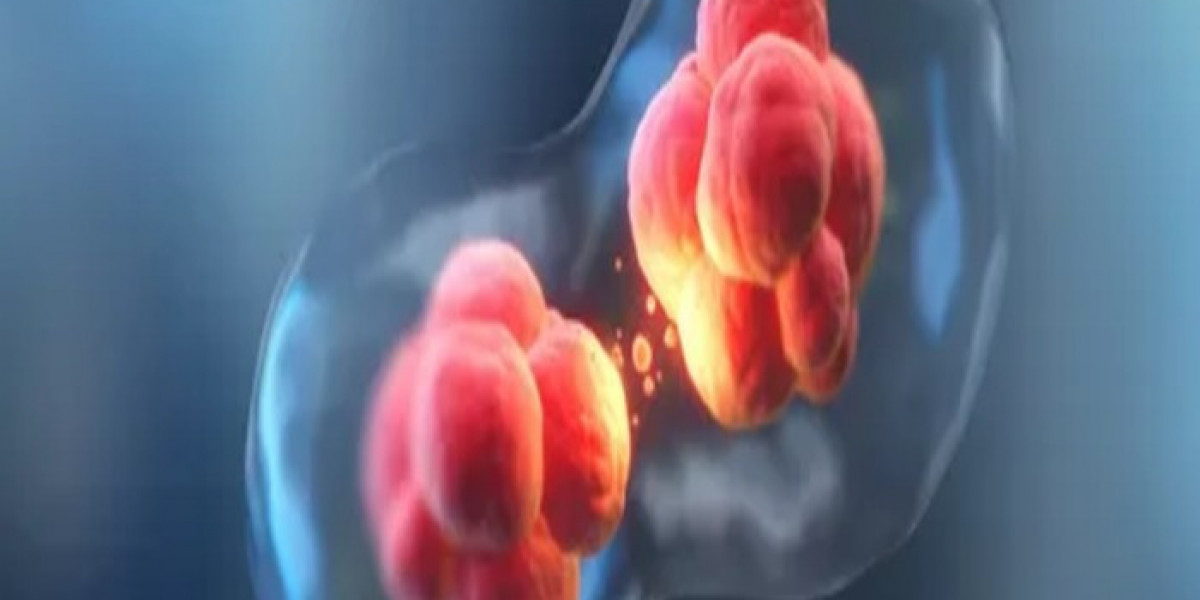Cell separation is a fundamental process that isolates specific cell types from a heterogeneous cell population based on differences in physico-chemical properties between cells. It allows researchers and medical professionals to obtain purified cell populations for downstream applications like research, therapeutics development, and clinical diagnosis. The ability to separate cell populations is crucial across multiple fields of life sciences including immunology, cancer research, regenerative medicine, and more.
Physical Properties Used in Cell Separation
One of the most common ways cells are separated is by exploiting differences in their physical characteristics like size, density, or surface marker expression. Some key physical properties used include:
Size-Based Separation
Cell Separation is size-based approaches take advantage of differences in cell diameter. Methods like centrifugation, filtration, or elutriation can separate cells based on their sedimentation or elutriation coefficients related to size. For example, density gradient centrifugation uses a continuous gradient media to separate blood components like monocytes, lymphocytes, and granulocytes based on their relative densities.
Surface Marker-Based Separation
Cell surface proteins like cluster of differentiation (CD) markers are commonly targeted for separation. Techniques like magnetic-activated cell sorting (MACS) and fluorescence-activated cell sorting (FACS) use antibodies conjugated to magnetic beads or fluorochromes that bind surface markers. The labeled cells can then be separated in a magnetic field or by fluorescence. This allows purification of cell types like T cells, B cells, stem cells, and more.
Applications of Cell Separation in Research and Medicine
Purified cell populations obtained via separation methods are indispensable across various research and clinical areas:
Cancer Immunotherapy Development
Cancer immunotherapy relies on harnessing one's immune system to recognize and attack tumors. cell separation techniques are used to isolate patient's dendritic cells, T cells, or natural killer cells which are then activated and reinfused to stimulate anti-tumor immune responses.
Stem Cell Research and Regenerative Medicine
Separation of specific stem cell populations like mesenchymal stem cells allows their characterization and utilization in regenerative applications. Purified cell therapies derived from adipose tissue, umbilical cord, or bone marrow are being evaluated for treating conditions like cardiovascular disease and autoimmune disorders.
Disease Modeling and Drug Testing
Isolated primary cells are valuable tools for modeling human diseases and evaluating responses to drug candidates. For instance, separating neuronal and glial cell types aids in studying neurodegenerative diseases while hepatocytes help assess drug toxicity and metabolism.
Transplant Medicine
Organ transplantation requires preventing graft rejection by the recipient's immune system. Cell separation enables depletion of alloreactive T cells from stem cell grafts or donor lymphocyte infusions to reduce graft-versus-host disease risk post-transplant.
Hematology
Complete blood count and differential tests performed in hematology rely on separating red blood cells, white blood cells, and platelets for quantification and identification of various blood cell types. This aids in diagnosing conditions like anemia, infection, and clotting disorders.
Limitations and Advances in Cell Separation Technologies
While separation techniques have developed significantly, certain challenges remain that researchers are working to address:
Purity and Yield Trade-Off
Higher purity often requires more stringent separation parameters that can lower the number of isolated target cells. Optimizing protocols to maximize both remains an area of active research.
Rare Cell Types
It is difficult to separate clinically relevant rare populations like circulating tumor cells that may number only a few cells per milliliter of blood. Ultra-sensitive detection and enrichment methods are being developed.
Standardization Needs
Lack of standardized protocols, reagents and validations pose challenges in translating cell separation-based discoveries and therapies between laboratories. Consensus is growing around certain established approaches and controls.
Microfluidics and Nanotechnology Integration
Incorporation of micro- and nano-scale engineering principles promises to revolutionize cell separation. For example, developing lab-on-a-chip devices could miniaturize current techniques and enable point-of-care applications.
As cell separation capabilities continue advancing hand-in-hand with technological innovations, they will remain pivotal in deepening our understanding of human biology and developing transformative diagnostics and therapies across biomedical research. Standardization efforts are also needed to help realize the full potential of these indispensable techniques.
Get This Report in Japanese Language: 細胞分離
Get This Report in Korean Language: 세포 분리
About Author:
Vaagisha brings over three years of expertise as a content editor in the market research domain. Originally a creative writer, she discovered her passion for editing, combining her flair for writing with a meticulous eye for detail. Her ability to craft and refine compelling content makes her an invaluable asset in delivering polished and engaging write-ups.
(LinkedIn: https://www.linkedin.com/in/vaagisha-singh-8080b91)









